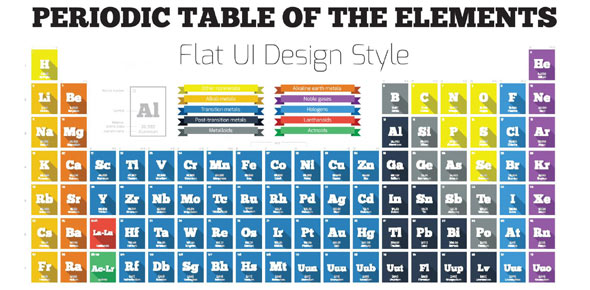Periodic Trends (Ps 26)

Chapter 7
Questions and Answers
- 1.
Which describes the behavior of potassium metal during a chemical reaction? I. Neutral atoms become ions with a 1+ charge. II. Neutral atoms take on protons III. Neutral atoms become ions with a corresponding increase in radius.
- A.
I only
- B.
I and II only
- C.
III only
- D.
II and III only
- E.
I, II, and III
Correct Answer
A. I onlyExplanation
During a chemical reaction, potassium metal behaves by becoming ions with a 1+ charge. This means that neutral potassium atoms lose one electron and become positively charged ions. The statement "Neutral atoms take on protons" is incorrect because protons are not involved in the reaction. The statement "Neutral atoms become ions with a corresponding increase in radius" is also incorrect because the formation of ions does not necessarily result in an increase in radius. Therefore, the correct answer is I only.Rate this question:
-
- 2.
Which of the following groups has the species correctly listed in order of increasing radius?
- A.
- B.
- C.
Br-, Cl-, F-
- D.
Na, Mg, Al
- E.
Fe, Fe2+, Fe3+
Correct Answer
A.Explanation
The correct answer is "Br-, Cl-, F-". This is because the radius of an ion increases as the number of electrons increases. Since Br- has the most electrons, it has the largest radius, followed by Cl- and then F-.Rate this question:
-
- 3.
Choose the ion with the largest atomic radius.
- A.
F-
- B.
Al3+
- C.
K+
- D.
O2-
- E.
I-
Correct Answer
E. I-Explanation
Iodine ion (I-) has the largest atomic radius among the given options. As we move down a group in the periodic table, the atomic radius generally increases. Since iodine is located at the bottom of Group 17 (halogens), it has more energy levels and a larger atomic radius compared to the other ions. The negative charge of the iodine ion also increases the electron-electron repulsion, causing the electron cloud to spread out further, further increasing the atomic radius.Rate this question:
-
- 4.
In general, atomic radii decrease from left to right across a period. The main reason for this behavior is
- A.
The number of neutrons in the nucleus increases
- B.
The number of electrons increases
- C.
The atomic mass increases
- D.
The effective nuclear charge increases
- E.
The polarizability increases
Correct Answer
D. The effective nuclear charge increasesExplanation
As you move from left to right across a period, the number of protons in the nucleus increases. This results in a stronger positive charge in the nucleus, which attracts the electrons more strongly. As a result, the electrons are pulled closer to the nucleus, leading to a decrease in atomic radius. This increase in the positive charge in the nucleus is known as the effective nuclear charge, and it is the main reason for the decrease in atomic radii across a period.Rate this question:
-
- 5.
The following ionization energies are reported for element X. (All values are in kJ/mol.) First: 500 Second: 4560 Third: 6910 Fourth: 9540 Fifth: 13400 Based on the above infomation, the most likely identify of X is
- A.
Mg
- B.
Cl
- C.
Al
- D.
Na
- E.
Si
Correct Answer
D. NaExplanation
The given ionization energies show a general increasing trend, indicating that it is a representative element from Group 1 of the periodic table. Among the options, sodium (Na) is the most likely identity as it belongs to Group 1 and has ionization energies that align with the given values. Magnesium (Mg) and aluminum (Al) are from Group 2 and would have higher ionization energies. Chlorine (Cl) and silicon (Si) are from Group 17 and Group 14 respectively, and would have significantly higher ionization energies compared to the given values.Rate this question:
-
Quiz Review Timeline +
Our quizzes are rigorously reviewed, monitored and continuously updated by our expert board to maintain accuracy, relevance, and timeliness.
-
Current Version
-
Mar 21, 2023Quiz Edited by
ProProfs Editorial Team -
Mar 19, 2012Quiz Created by
Comerchemistry
- Atomic Theory Quizzes
- Chemical Bonding Quizzes
- Chemical Compound Quizzes
- Chemical Reaction Quizzes
- Chemistry Practice Quizzes
- Clinical Chemistry Quizzes
- Electrolysis Quizzes
- Functional Group Quizzes
- Gas Quizzes
- General Chemistry Quizzes
- IBSL Chemistry Quizzes
- Medicinal Chemistry Quizzes
- Molecule Quizzes
- Rate Of Reaction Quizzes
- Reaction Quizzes
- Soap Quizzes
- Solution And Mixture Quizzes
- State Of Matter Quizzes
- Stoichiometry Quizzes
 Back to top
Back to top




